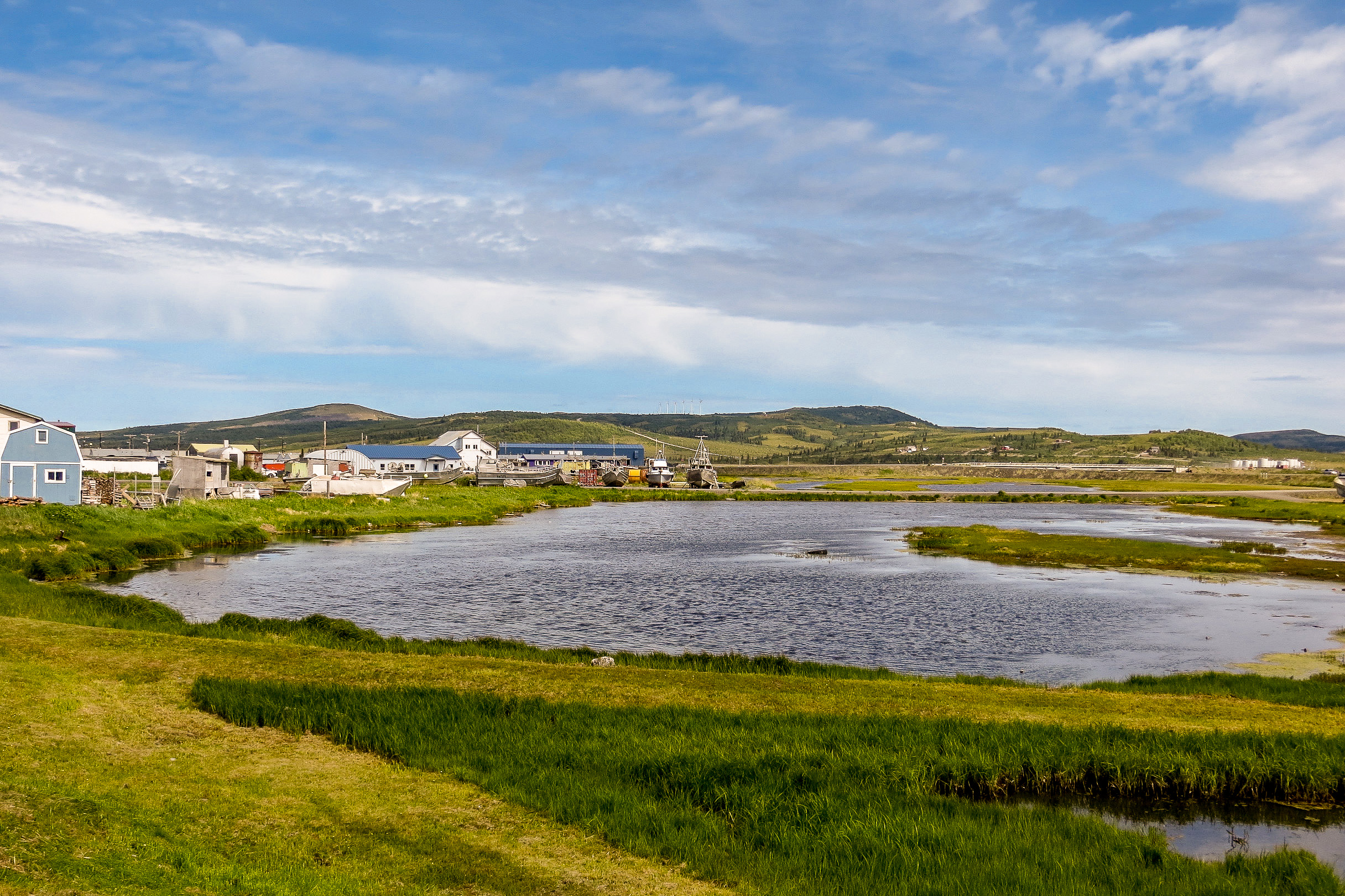Listeners in Nome and Unalakleet were boiling water more than usual a few months ago — but not to make pasta or tundra tea. In both communities, disruptions to the isolated, local sources of clean water raised warnings about potability and public health risks.
In Nome, the cause of concern was a broken water main that lowered water pressure in city pipes and raised the potential of bacterial contamination from ground water. For proper testing and chemical analysis, Nome’s utility system had to send samples of its water 500 miles away, by airplane, to Anchorage. Meanwhile, residents were advised to boil their tap water before drinking it.
In Unalakleet, the boil water notice came after city officials noticed higher-than-usual levels of water turbidity: cloudiness caused by tiny particles. The community sources its drinking water from a nearby creek, and it was believed that the increased turbidity was coming from new beaver dams in the creek, which make for stagnant water. As spring turned to summer, the beaver dams were causing a domino effect: less free-flowing water was delaying the sub-Arctic thaw which was, in turn, leading to less clean water.
Ultimately, the water quality in both communities was given the “all-clear,” and the boil-water notices were lifted — although in Unalakleet, this came only after months of work, including removing the beaver dams and setting up a new, local alert system for residents.
Per usual, KNOM brought these water updates to listeners; news stories informed the region about ongoing developments in both places.
The isolation of KNOM’s listening communities is clearly felt in local infrastructure. Since Western Alaska villages aren’t connected to larger grids of power, water/sewer, or telecommunications lines, disruptions or outages tend to be more severe and more complicated to remedy. In these moments, as in so many others, KNOM plays an immediate role in keeping the public informed and safe — through your support.
Thank you!
Image at top: A sunny day in Unalakleet, Alaska.





